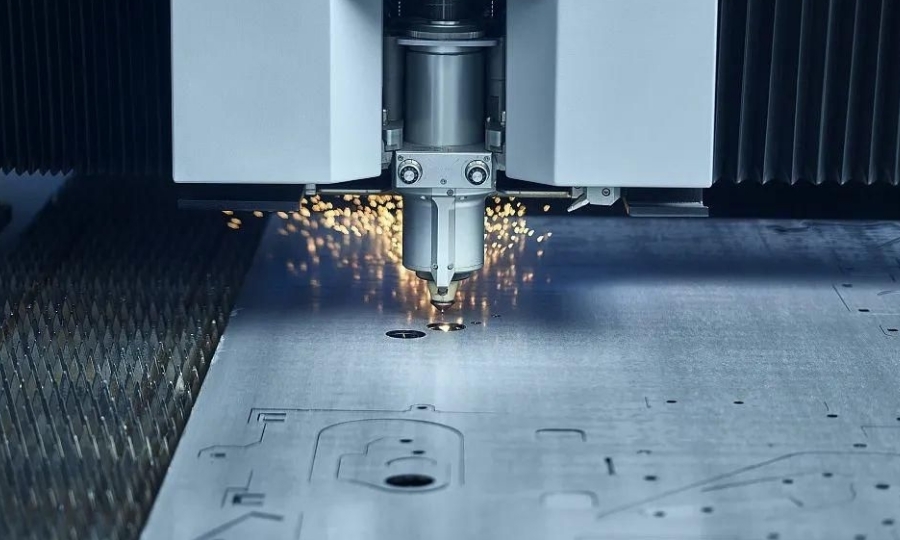How to Improve the Welding Efficiency of a Laser Welding Machine
Laser welding machines are widely used in modern manufacturing for their precision, speed, and flexibility. However, achieving optimal welding efficiency requires more than just purchasing high-performance equipment — it involves careful selection of parameters, proper system integration, and ongoing process optimization.
For businesses looking to invest in or improve the performance of laser welding equipment, here are practical strategies to significantly enhance welding efficiency while maintaining quality.

1. Optimize Laser Parameters
The core of laser welding efficiency lies in selecting the right combination of power, pulse width, welding speed, and defocus. For example:
Higher power increases penetration depth but may cause overheating if not balanced with travel speed
A negative defocus value improves weld width and stability for thick materials
Pulse modulation helps control heat input on thin or sensitive metals
Using a parameter database tailored to your specific material and joint type ensures repeatable, high-speed results.
2. Use High-Speed Motion Systems
Efficiency is not only about welding time but also how fast the machine can move between weld points. Upgrading to linear motors or direct-drive stages reduces acceleration and settling times, especially beneficial in applications requiring hundreds of small welds per cycle.
3. Integrate Automation and Fixturing
Manual loading and positioning create bottlenecks. To maximize throughput:
Add robotic handling or conveyor systems for continuous feeding
Design modular fixturing that supports quick changeover
Use vision systems for automatic part alignment
These upgrades reduce non-welding time and enable lights-out operation.
4. Implement Real-Time Monitoring and Feedback
Advanced laser welding machines come with built-in sensors that monitor key variables such as melt pool geometry, temperature, and reflected light. With this data, the system can adjust parameters on the fly, reducing rework and ensuring consistent weld quality at high speeds.
5. Choose the Right Laser Type
Fiber lasers offer faster processing speeds compared to older CO₂ models, especially for thin metals. For highly reflective materials like copper or aluminum, high-brightness fiber lasers deliver better energy absorption and process stability.
6. Maintain Equipment Regularly
Even the most advanced system will underperform if optics are dirty or cooling systems are inefficient. Schedule regular maintenance checks to clean lenses, check beam alignment, and ensure coolant flow is within specification.
In summary, improving the efficiency of a laser welding machine involves optimizing both hardware and process settings. Buyers should look for systems that offer parameter flexibility, high-speed motion capabilities, automation compatibility, and real-time feedback features.
Recent Posts
- What are the advantages of laser welding machines in lithium battery pack production lines?
- What issues should be noted when choosing a lithium battery pack production line?
- Quality Inspection and Control of Lithium Battery Module Pack Production Line
- Cell grouping and sorting process in lithium battery module pack production line
- What are the safety hazards of lithium battery pack production lines and how can they be prevented?
INQUIRY

